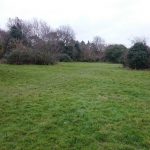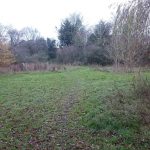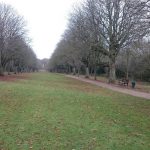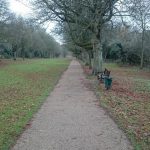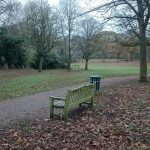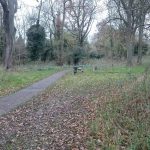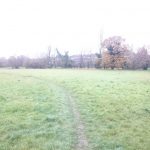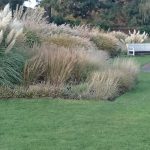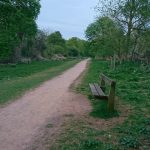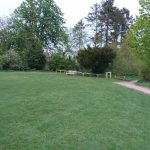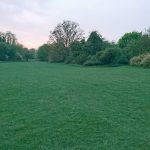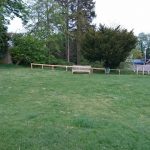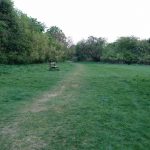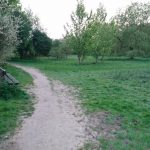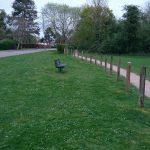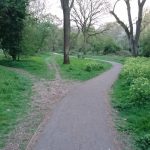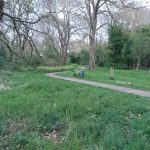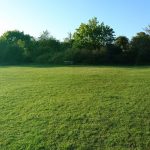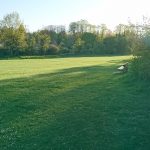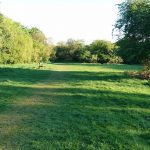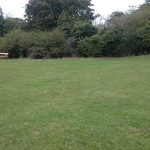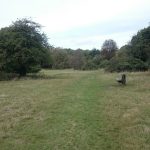This is an ongoing project to record empty open spaces. It started in 2018 as part of an assignment to produce a short film, “Cirque du Solitaire” which can be viewed here. The first 8 images date from this. I then picked this up again in September 2019 with the idea of it becoming a long term project. The aim has developed from a simple early idea to try to depict a sense of loneliness, to a more journalistic record of emptiness, unused space or loneliness. This ties in with, and hopefully will inform my wider interest in the relationship between space complexity and chaos, and clear identity, presence and control.
The empty benches themselves are not so much the focus here, rather they serve to highlight the lack of human presence in a space designed for people. The pictures so far are mostly from my walks around Norton Common in Letchworth, (there’s one from Kew Gardens). They are taken at various times of day. They are not ‘staged’ at particularly quiet times, but are captured as and when the opportunity arises.
The aim for the future is to continue taking pictures of empty benches in empty spaces in a serendipitous journalistic fashion. I don’t really know how the project will develop, but I’m interested to see whether any patterns start to emerge, particularly groups or types of image or effect. It will also be interesting to see whether it reflects any changes in my state of mind or aesthetic sensibility.
This project is also going to be an exercise in composition. The images so far have, for the most part, not been cropped and are presented ‘as framed’. This reflects in the journalistic sense ‘what I was seeing at the time’. However, cropping can produce more arresting images. I plan to add the location time and date info. to the images, and if I can maintain it, I’d like to identify whether an image is ‘as framed’ or ‘cropped’.
One thing I’ve noticed is that when the bench is photographed close up, the impact is less than when it’s further from the ‘viewer’. The distance makes the bench itself seem lonely or isolated, highlighting the overall sense of emptiness or space. The space is the ‘subject’, the bench is the punctuation that sharpens the poetry of the image, the ‘cutting’ word in the last line of a Haiku.
